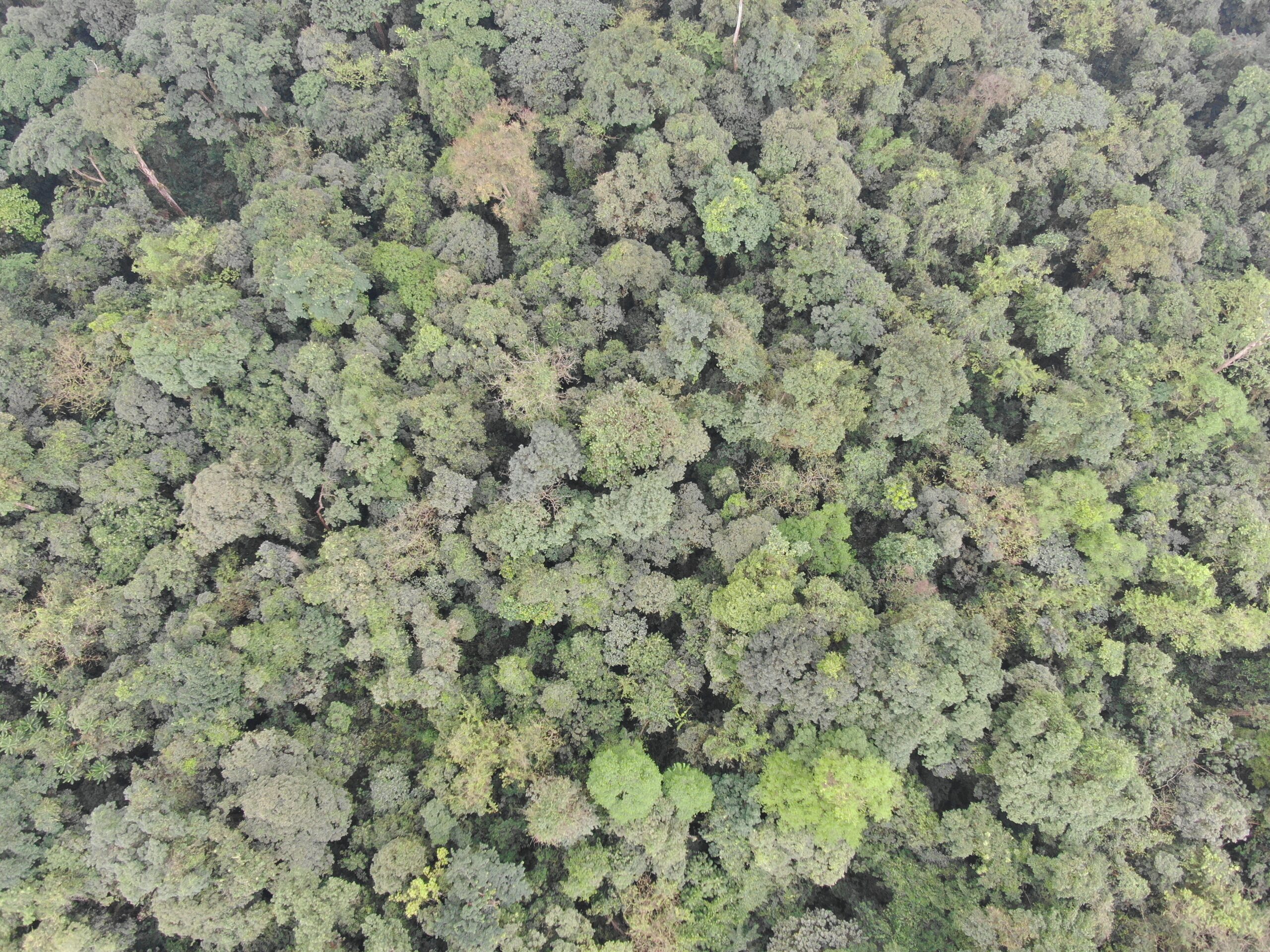The number of tree species in local ecosystems is a key measure of biodiversity. A well-known ecological rule states that species numbers increase from the poles to the equator. But why is this trend not completely universal, and what can influence local biodiversity? The scientific journal Nature Ecology and Evolution has just published a study that, by analysing an unrivalled database, compared the species richness of forests across virtually the entire planet and shed light on the reasons responsible for differences in tree diversity in different places. An international consortium of 249 authors from 50 countries collected data on more than 55 million trees in 1.3 million study plots, representing 97% of the world’s forest ecosystems. As the authors of the study point out, the collection of this amount of data and subsequent analysis was made possible not only by the collaboration of a large number of scientific capacities from different countries and institutions, but also by the participation of scientists from otherwise overlooked tropical areas. Our group confirmed by data from Mount Cameroon.
Full citation: Liang J. et al. (incl. Delabye S., Janeček Š., Klomberg Y., Maicher V., Tropek R.) (in press) Co-limitation toward lower latitudes shapes global forest diversity gradients. Nature Ecology & Evolution. https://doi.org/10.1038/s41559-022-01831-x

